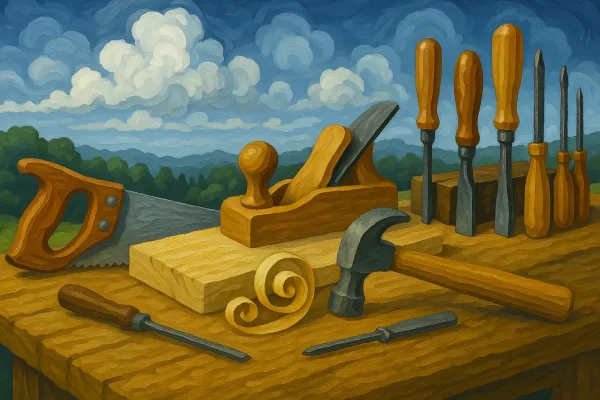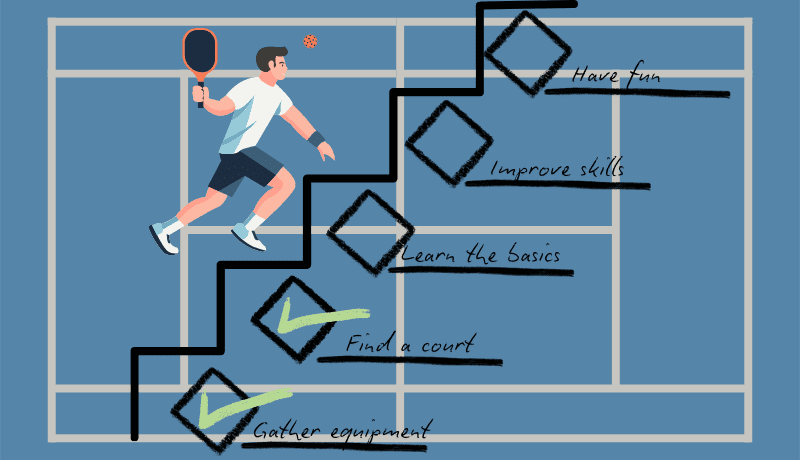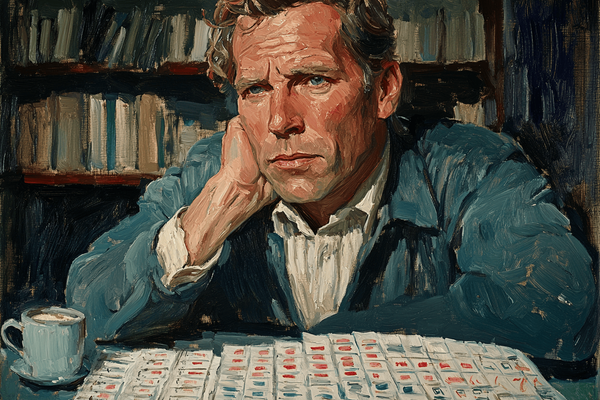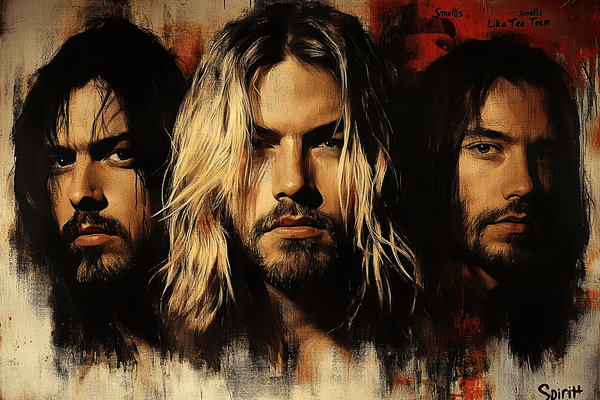So Real List. Cara’s Method to Choosing Best Art Supplies
How to choose the best art supplies and materials? It’s an excellent question to ask. Read the article to discover the method.
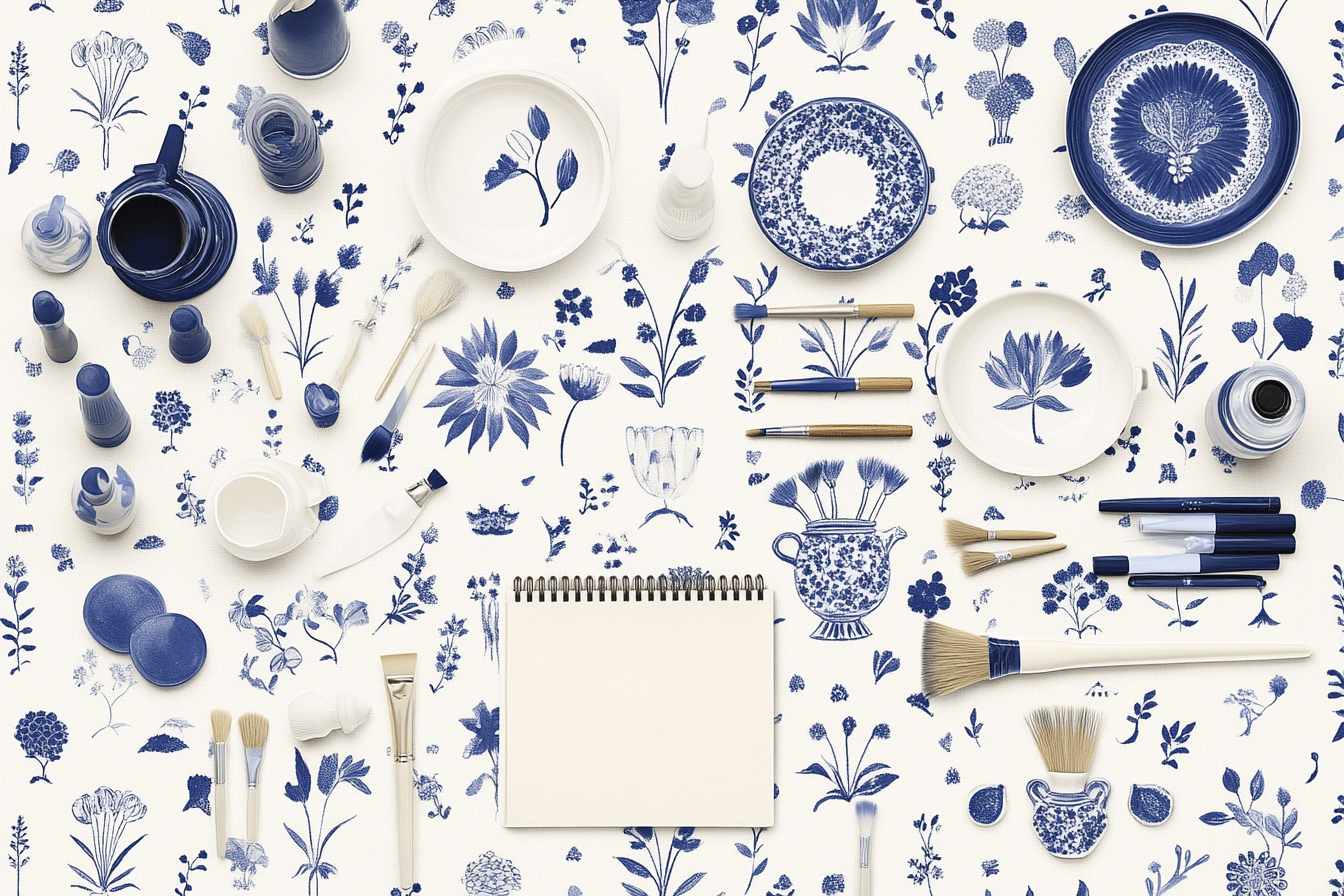
New Guest — New List
As you might already know from the “So List” blog, lists might take different forms. They might be straightforward enumerations of items. E.g., the list of colored pencils required to take part in drawing activities.
Lists might be in a form of checklists. As young artists, here are the steps for you to prepare for the first learning year. Professionals of art might use to-do lists to organize their time. Despite the creative nature of their working process, letting the inefficiency into it might significantly shorten the time for creativity. So even creative art professionals might want to become organized.
A list might describe a process. Sometimes this kind of list is also called an operational definition. This blog post describes something close to this. It describes the method of evaluating essential art supplies.
Either you want to find the best drawing supplies or writing tools, there is a method that can help. I call it Cara’s method because it’s used by Cara, the guest of this blog post. Let’s first introduce her!
Qara Quirino is a huge devotee of art supplies of a high quality. Moreover, she is a blogger! Her blog Cara Quirino has a motto that I can’t praise high enough: “Creativity Through Quality”. Being a supporter of the father of quality, William Deming, I find this motto deeply resonating with my views.
Here is what Qara writes about finding watercolor paints of a low quality:
My first watercolor cake set was a Shinhan paired with cheap brushes, and even the studies I produced never seemed quite like it. I threw them out consequently. Sometimes, you must learn the hard way.
Now, when you see that Qara takes art and materials seriously, let’s investigate her method.
The Basis for Cara’s Way to Chose Great Art Supplies
Cara doesn’t have her approach documented somewhere. However, as engineer, and manager, and engineering manager in the end, I managed to do some reverse engineering to figure it out. Now there are three blog posts in Cara’s blog:
- Hunting for the ultimate marker case. In this post, Cara investigates variants for storing her 99 Copic and Ohuhu markers for sketching.
- My Kaweco Student is SKIPPING so here’s what I did. This one is not that about choosing the supplies, but “debugging” and fixing the art purchase.
- Using IKEA SOLFÅGEL canvas pad with other mediums. The post investigates affordable IKEA canvas pad. It’s not a watercolor paper. It’s the paper suitable for acrylic paints. Also, it has an attractive linen-like texture.
Inspired by these posts, here come the steps to discover whether supplies are worth it or not. It’s useful to know for both individual usage and even for an artist’s studio.
So, the List of Steps to Examine Art Supplies
- Formulate the purpose of a supply or material.
- Describe additional limitations.
- Create a list of several variants fitting the purpose.
- Filter discovered variants by applying limitations.
- Pick the option that suits most.
Formulate the Purpose of a Supply or Material
Cara is good at formulating the reason she wants a certain thing.
- She needs a case to store her 99 markers in one place.
- Cara requires a fountain pen to become an everyday carry, an instrument to support her daily writing and artwork.
- Cara is interested in a canvas at the affordable price.
What is the main function you want your charcoal pencils or palette knives to do? Not just to draw, but to draw on this specific paper with these specific colors. Or maybe to make your first steps in the palette knives techniques. So you require something of a beginner level, but still of a good quality not to spoil your first impression.
Describe Additional Limitations
Several additional characteristics should be present in the storage Cara was looking for.
- It was required to be able to preserve the way markers were sorted. The work was usually done using the specific palettes.
- There should be plenty of slots. If there was a place for the new markers, it would be even better.
- The bag should be relatively affordable. Cara was not looking for a luxury brand bag.
Let’s think aside. What could be such limitations for your next tracing paper purchase?
Create a List of Several Variants Fitting the Purpose
Go outside and do some research. What types of graphite pencils are there on the market? Don’t evaluate them now, consider this part as the brainstorming. It’s not a place to criticize, it’s a place to gather information.
Once again, when looking for a particular storage solution, Cara first came up with several options:
- Ohaya 108 pen case,
- Uniklo store 60-slot marker case,
- Taobao Collection 192 capacity organizer,
- Transparent marker box.
One might think that this is some kind of ad hoc and not verified approach, but it’s not. The whole design thinking is built on it. It’s called the exploration phase [1]. Afterward, comes the evaluation.
Filter Discovered Variants by Applying Limitations
As we are usually limited in money, we would rather not buy everything, and want to make a single good choice in the end. Do you remember the additional limitations described by Cara on the second step? It’s time to apply them.
If you navigate to Cara’s post about the marker case, you’ll encounter even some calculations!
Doing the math, a slot is 2.4 cm in length (0.6 cm * 4).
Having a mathematician background, I cannot help but gain additional inspiration from this thorough approach.
In the end, Cara decided to stick to the Taobao Collection 192 capacity organizer as it was the only bag capable of holding that many markers.
Pick the Option That Suits Most
As said at the end of the previous section, the decision was quite obvious. Occasionally, there is more than a single option available at the end of the selection process. If so, you can add more criteria.
Drop the coin if this doesn't work either. If the options become this identical, it doesn’t really matter what to choose.
Do Additional Testing to Discover Hidden Capabilities
There is an option to move further when the choice is already made. Once you receive your supply or material, try to experiment beyond the expected limits. Do you believe your cold press paper will work well only with the watercolor paints? But what if you try it with pencils, gouache, markers, or even in mixed media?
When done, you’ll be educated with capabilities of the instruments that you use and can come up with better purpose and criteria the next time. Or at least you can bring the joy of discovery into your life.
Thanks to Cara for Her Method!
Now that you know about the method to discover the best art supplies, you can start enhancing your creative process. I hope you now have the necessary education and ready to have some fun.
Many thanks to Cara for sharing her knowledge and for bringing the beauty to the Internet! Navigate to her blog and have as much visual pleasure as I did when writing this blog post.
Was it great to discover a straightforward way to organize your artistic life? Subscribe to the “So List” blog. There are many more ways to become organized and productive in this world.
List of Links
[1] Karl T. Ulrich, Design: Creation of Artifacts in Society, ISBN 978-0-9836487-0-3
